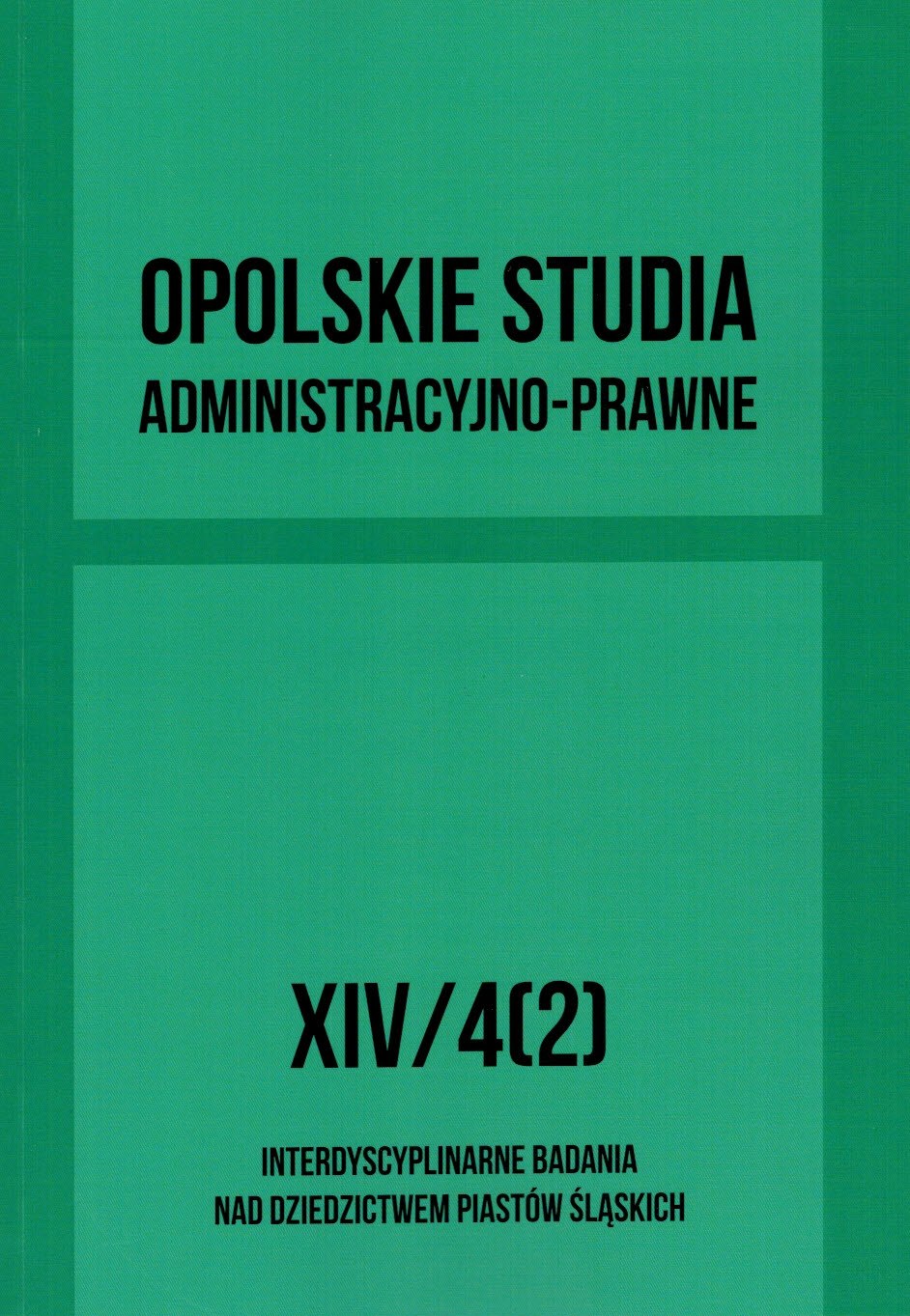Kryminalistyczne i archeologiczno-sądowe badania zwłoki szczątków ludzkich o znaczeniu historycznym
Criminalistic and forensic-archaeological examination of corpses and human remains of historical importance
Author(s): Maciej TrzcińskiSubject(s): History, Archaeology, Social history, Ancient World
Published by: Uniwersytet Opolski
Keywords: criminalistic; forensic archaeology; identification of corpses or human remains; forensic examination
Summary/Abstract: Modern criminalistic has at its disposal a wide range of methods for identification of unidentified corpses and human remains. These methods can be applied both in cases of victims of crimes committed currently as well as decades-or even thousands of years ago. Advanced research enables not only to determine the identity, but also to establish a specific cause of death. It happens that in the course of performed examination earlier findings are verified, e.g. based on written sources, which – in the end – turn out to be untrue. Sometimes the results of examination concerning kinship are also surprising. It is more and more often that forensic archaeology takes part in this research. It secures a professional manner of search for this type of corpses or remains and guarantees their professional exhumation.
Journal: Opolskie Studia Administracyjno-Prawne
- Issue Year: XIV/2016
- Issue No: 4 (2)
- Page Range: 51-62
- Page Count: 12
- Language: Polish

